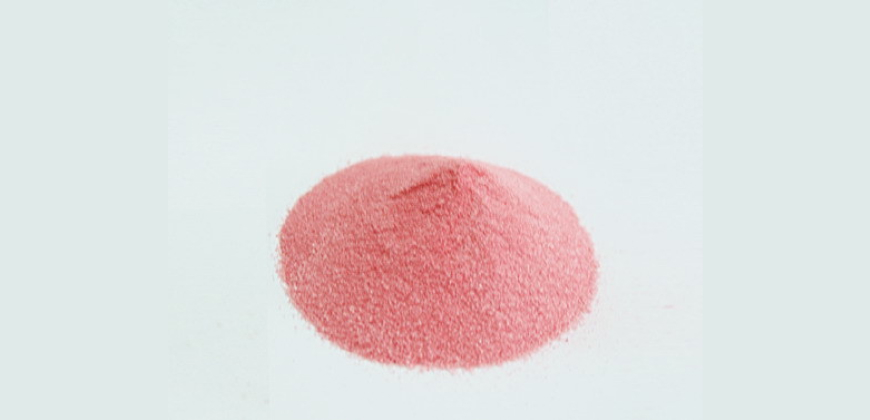
Dross Seperation/ Cover Flux
It is used for forming a protective layer and for removing oxides/non-metallic inclusions from the molten metal. During melting, aluminium gets easily oxidised and forms aluminium oxide. This layer of aluminium oxide is broken due to metal charging of ingots/scraps or for any other reason. The density of aluminium oxide is nearer to that of aluminium metal. Due to this density effect, it is difficult to separate oxide or better known as dross, from the metal. This causes loss of metal due to dross formation and metal going along with the dross during dross removal and hence causes deterioration in the quality of metal. For this reason, melting is done under the cover of a flux which prevents dross formation and hence the metal loss.
Since COVER AL-11 is mild exothermic in nature to use, it also helps metal in separation from oxide/dross as well as in removing non-metallic inclusions from the molten metal. The quantity to be used is 1% of the metal. We would also like to add that there are different COVER FLUX for different applications. For the melting of aluminium, according to us, COVERALL -11 is the most suitable.
COVER AL-11: DROSSING FLUX ( Drossing is perhaps the most economically important flux application when recovering the metallic aluminium contained in dross)
COVERALL- 56 It is used when we have to recover aluminium metal from hot dross or skimmings. It is particularly very useful while pressing or squeezing hot dross in equipment to extract metal from hot dross operations. It is exothermic in nature.
COVERALL- 88 It is a furnace wall cleaning flux of exothermic nature. The flux is useful when there is a build of metal/dross adhering to walls/corners/sides of the furnace when it is difficult to remove the build of metal/dross from the furnace walls /corners/sides. The flux Coverall -88 is sprinkled on these build-up & due to the exothermicity of flux the build-up softens/melts and breaks down for cleaner walls of the furnace